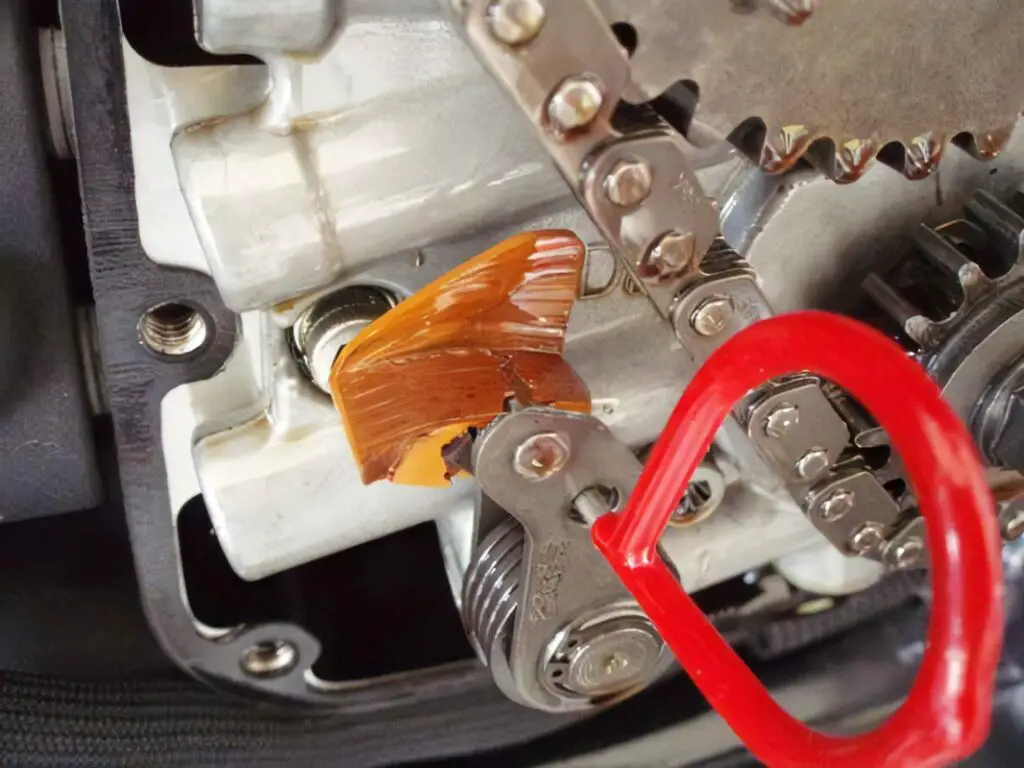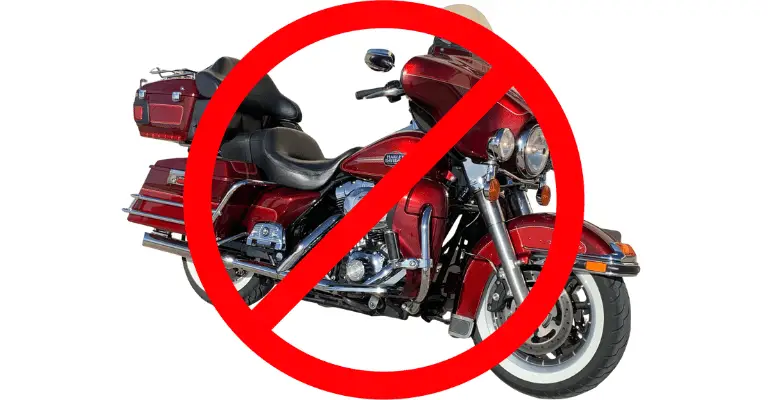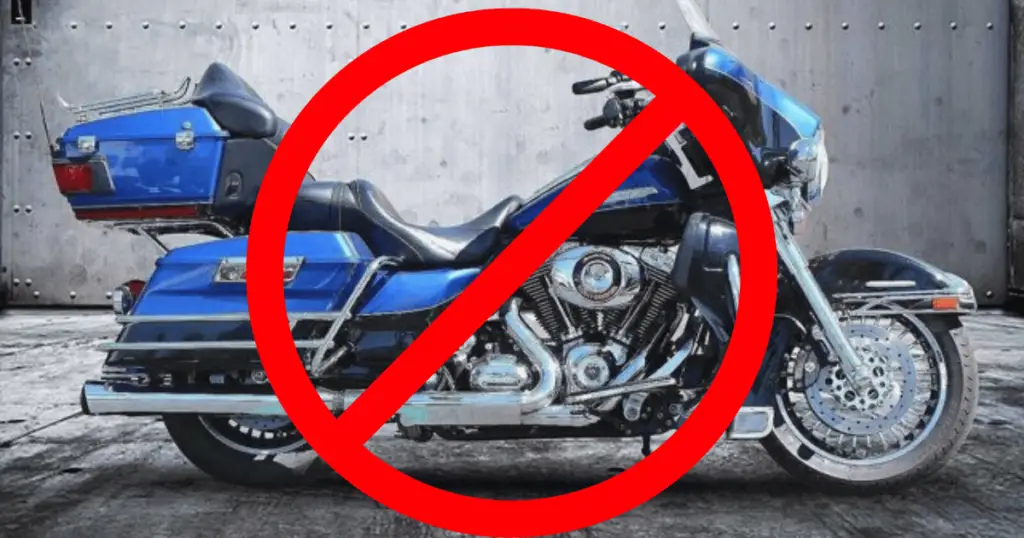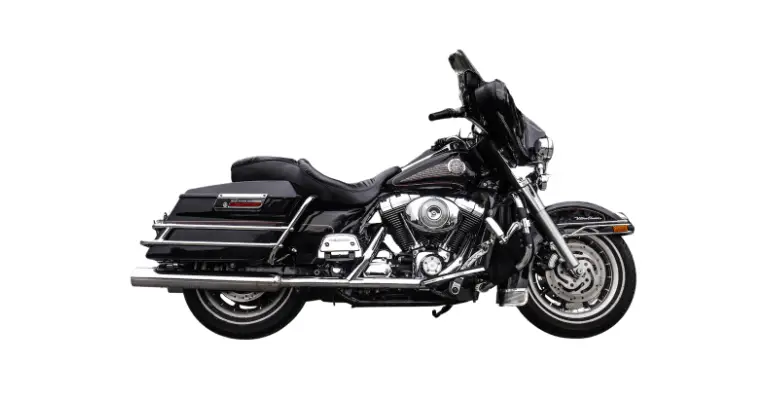If you’re in the market for a used Harley Davidson Electra Glide, you’re probably aware of its reputation for power, comfort, and timeless style. However, not all Electra Glide models are created equal. Some years have been marred by production issues, persistent problems, and design flaws, leading to less-than-stellar performance and reliability. In this comprehensive guide, we’ll dive deep into the Electra Glide years to avoid, helping you make an informed purchase decision.
Quick Recap of Available Electra Glide Models (Ultra Classic, Ultra Limited, CVO, Etc,.)
The Harley Davidson Electra Glide is a series of touring motorcycles that has been in production since 1965. The range includes several models such as the Electra Glide Ultra Classic, Electra Glide Ultra Limited, and the high-end CVO (Custom Vehicle Operations) variant. These models offer various features and upgrades, including enhanced audio systems, superior suspension, and custom paint jobs.
Related articles:
> Harley Death Wobble Model Years, Causes, Signs and More
> Electra Glide vs Street Glide
> Road King vs Electra Glide

What Problems Are Experienced With The Electra Glide?
Like any mechanical product, the Electra Glide has had its share of issues over its long production run. Some of these problems range from minor inconveniences to significant mechanical failures. Common issues include electrical system malfunctions, problems with the cam chain tensioners, faulty voltage regulators, and braking concerns.
Electra Glide Problems: A Breakdown by Model Year Range
Certain model years stand out for having more reported issues, based on owner feedback, recall data, and common problems discussed in motorcycle forums and publications. Here’s an overview based on the information I gathered:
1999 Electra Glide Problems
The 1999 Electra Glide is known for several issues, including voltage regulator problems leading to battery and electrical system malfunctions. A significant concern is the wear of the inner cam chain tensioner, which can cause metal shavings to enter the oil, potentially damaging the engine. Additionally, there are reports of starter problems requiring early replacements and occasional oil leaks, particularly around the rocker box gaskets. Riders also noted concerns with braking performance and heat dispersion, especially in traffic or during hot days.
Models From The Early 2000’s
Specifically, models from around 2002 to 2003 have been noted for problems with the cam chain tensioner in the Twin Cam engine. This component was susceptible to wear, potentially leading to serious engine damage if not replaced.
2005 Electra Glide Problems
The 2005 model of Electra Glide presents its own set of challenges. Key among these are the wear of the original cam chain tensioners in the Twin Cam engines, which can lead to engine noise and potential catastrophic damage. Starter issues and oil leaks are also common complaints. Voltage regulator failures are a notable problem, affecting the bike’s electrical system, along with wiring issues caused by vibrations and wear. Additionally, some riders reported transmission problems, including hard shifting or the transmission slipping out of gear.
2007-2009 Models
These model years, especially the 2007 Electra Glide, were among the first to feature the new Twin Cam 96 engine and a six-speed transmission. Issues were reported with the transmission, including rough or inconsistent shifting.
2007 Electra Glide Problems
In 2007, Electra Glide models were reported to have issues such as a ‘death wobble’ or instability at higher speeds, potentially caused by worn steering components or misaligned wheels. Compensator problems, leading to noise or failure, were also noted. Excessive heat from the engine, particularly in stop-and-go traffic, and higher-than-expected oil consumption were other concerns. Electrical issues, affecting lights and instruments, were occasionally reported by riders.
2012 Electra Glide Problems
The 2012 Electra Glide had its share of problems, including compensator wear, leading to noise and potential failure. Issues with the ABS brake system module were a safety concern. Reports of oil pump problems, leading to inadequate lubrication, were also prevalent. Riders experienced excessive heat on their right leg due to the bike’s design, and some faced glitches with the infotainment system. Clutch issues and excessive vibration at certain RPMs were additional concerns noted by riders.
2014-2016 Models
The Electra Glide models from these years, with the 2014 model in particular, experienced issues with the clutch system. There were recalls due to the clutch failing to disengage properly, which could be hazardous during operation.
2015 Electra Glide Problems
For the 2015 model, the Boom! Box infotainment system was prone to software glitches or firmware incompatibilities. Clutch malfunctions due to manufacturing defects or wear were common, and some models were subject to recalls. Riders also reported vibration and wobble at high speeds, often caused by unbalanced tires or loose steering components. Braking concerns, reduced efficiency, and unusual brake behavior were noted, along with excessive engine heat. Battery issues, such as quick drainage or failure to hold a charge, and transmission problems were also among the reported issues.
2017-2018 Models
Reports surfaced about problems with the newly introduced Milwaukee-Eight engine, including overheating and excessive vibration. It’s important to note, however, that these problems were not widespread and may have been resolved in later models.
A Note On The Cam Chain Tensioners
It’s worth mentioning that the Twin Cam engine was a plague for many Harley Davidson motorcycles, including the Electra Glide. While not all Electra Glides had the Twin Cam power plant, those who did were particularly susceptible to cam chain tensioner failure.

Essentially, the cam chain tensioner would wear away, break apart, and then get stuck in the oil pump which would lead to oil sumping and ultimately total engine failure. Why, you ask? Because they were plastic. Doesn’t make much sense to use a plastic part in an area that’s exposed to excessive heat, does it?
Electra Glide Years to Avoid: The Most Affected Years
Here, we’ll highlight the Electra Glide production years that have had the most reported issues based on user feedback and recall data. These years include 2009, 2010, 2014, and 2017.

2009 Electra Glide
The 2009 Electra Glide has been reported to have reliability issues. Riders have reported problems with the engine, transmission, and electronics. The overall user rating for this model year is less than ideal, signaling potential disappointment.
Related article: Are Harley Davidsons Reliable?
2010 Electra Glide
The 2010 model year has also been flagged as problematic due to poor user experience. Riders have reported issues with heat management, leading to discomfort during rides. Additionally, there have been reports of reliability concerns with the transmission and engine.
2014 Electra Glide
The 2014 model year faced a significant recall issue related to a defect in the clutch master cylinder. This issue was serious enough that it could potentially lead to accidents.
2017 Electra Glide Ultra Limited
The 2017 Electra Glide Ultra Limited is another model year to avoid due to multiple reasons. Riders have reported dissatisfaction with the bike’s performance in terms of comfort and engine performance.
Read next: What Year Harleys To Avoid
Out Of These, Which Is The Worst?

While all the above-mentioned years have their share of issues, the 2014 Electra Glide seems to have had the most serious problem. The recall due to a defect in the clutch master cylinder is a critical safety concern, making this model year the most problematic based on available data.
Should You Stay Away From These Model Years Entirely?
While these model years have been flagged as problematic, it’s essential to remember that not every bike from these years will exhibit these issues. Many factors can influence a motorcycle’s performance and reliability, including how it was ridden, maintained, and stored. If you’re considering a bike from these model years, a thorough pre-purchase inspection by a qualified technician is crucial.
Related article: What’s Considered High Mileage For A Harley Davidson?
What Do I Think About These Models?
As an experienced motorcycle enthusiast, I believe that the Electra Glide, despite its issues, remains a fantastic touring motorcycle. Its blend of comfort, power, and style is hard to beat. However, it’s crucial to make an informed decision when buying a used model. Even more so, it helps to have some mechanical aptitude so you can regularly inspect your own bike. Regular maintenance and TLC goes a long way, even in bikes with recurring problems.

What Does The Community Say?
The motorcycle community has differing opinions on these Electra Glide model years. While some riders have had negative experiences, others have ridden these bikes for thousands of miles without a hitch. It’s always beneficial to seek advice from multiple sources before making a purchase.
How To Identify These Problems Beforehand
Before purchasing a used Electra Glide, it’s recommended to conduct a thorough inspection. Check the bike’s VIN for any recall history, and scrutinize the bike for any signs of wear and damage. Start the engine, let it run for a while, and listen for any unusual noises.
Can These Problems Be Easily Repaired?
The answer to this question depends on the severity and nature of the problem. Some issues, like electrical glitches, can often be fixed with a software update or minor repairs. Other problems, like a faulty clutch master cylinder, might require more extensive (and expensive) repairs.
Buyer’s Guide For Making A Safe Purchase
When buying a used Electra Glide, consider the following tips:
- Research the model year thoroughly to understand its strengths and weaknesses.
- Inspect the bike carefully for wear and damage.
- Test ride the bike to assess its performance and comfort.
- Check the bike’s service history to ensure it has been well-maintained.
- Have the bike inspected by a qualified mechanic before finalizing the purchase.
FAQs
Are Electra Glides reliable?
What is the average lifespan of a Harley Electra Glide?
How often does a Harley Electra Glide need an oil change?
Are older Electra Glides more fuel-efficient?
What is the maintenance cost of a Harley Electra Glide?
What should I look for when buying a used Electra Glide?
Wrapping Up
While the Harley Davidson Electra Glide is an iconic motorcycle, it’s crucial to be aware of the potential issues associated with certain model years. By doing your research and conducting a thorough inspection before purchase, you can ensure that you choose a model that will provide you with many miles of enjoyable riding.